Intentar ORO - Gratis
In Search of Lost Pharaohs
Archaeology
|July/August 2025
Anubis Mountain conceals the tombs of an obscure Egyptian dynasty

AT THE BASE OF A pyramid-shaped peak in the ancient Egyptian city of Abydos lies the tomb of an unknown pharaoh. After decades of excavations at the site, and considering the Egyptians' usually meticulous recordkeeping, it might seem implausible that any of these ancient rulers and their hidden burials remain to be unearthed. But, a team led by Egyptologist Josef Wegner of the Penn Museum has made just such a discovery in the royal necropolis at Anubis Mountain, which the Egyptians named after the jackal-headed god of mummification. Wegner believes the newly discovered pharaoh belonged to the short-lived Abydos Dynasty (ca. 1650-1600 B.c.), which held sway over parts of Upper, or southern, Egypt during the Second Intermediate Period (ca. 1640-1540 B.c.), a tumultuous time in the country's history. Unlike the precise records that exist for most dynasties between the First, which began its rule in about 3000 B.c., and the 30th, whose pharaohs reigned until 343 B.C., the Abydos Dynasty wasn't recorded in any official list of kings. The Abydos rulers only appear in what's known as the Turin King List, a fragmentary thirteenth-century B.c. papyrus that contains a catalog of Egypt's many rulers up to that time. Indeed, scholars debated whether the dynasty actually existed until 2014, when Wegner's team uncovered the tomb of the Abydos Dynasty king Senebkay in th
Esta historia es de la edición July/August 2025 de Archaeology.
Suscríbete a Magzter GOLD para acceder a miles de historias premium seleccionadas y a más de 9000 revistas y periódicos.
¿Ya eres suscriptor? Iniciar sesión
MÁS HISTORIAS DE Archaeology
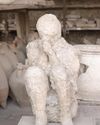
Archaeology
LEGEND OF THE CRYSTAL BRAIN
When most people envision the victims of the eruption of Mount Vesuvius in A.D. 79 that destroyed the cities of Pompeii and Herculaneum, they think of the casts of their bodies made by pouring plaster into voids left by their decaying corpses. Yet not all the physical remains of those who perished in the cataclysm decayed. In one case, a remarkable transformation occurred—a man’s brain turned to glass.
3 mins
July/August 2025
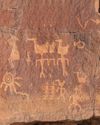
Archaeology
Birds of a Feather
Intriguing rock art in the Four Corners reveals how the Basketmaker people drew inspiration from ducks 1,500 years ago
8 mins
July/August 2025
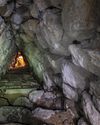
Archaeology
THE HOME OF THE WEATHER GOD
In northern Anatolia, archaeologists have discovered the source of Hittite royal power
13 mins
July/August 2025

Archaeology
SAINTS ALIVE
Since 2019, archaeologists have been excavating in Berlin's oldest square, known as the Molkenmarkt, or Whey Market.
1 min
July/August 2025
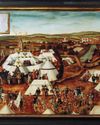
Archaeology
SOLDIERS OF ILL FORTUNE
The Schmalkaldic War, which began in 1546 and lasted less than a year, pitted the forces of the Holy Roman emperor Charles V (reigned 1519-1556) against the Schmalkaldic League, a Protestant alliance formed by German principalities and cities within the empire.
1 mins
July/August 2025

Archaeology
A NEW LOOK AT AN OLD CITY
Archaeologists are reconstructing the complicated 400-year history of Virginia's colonial capital
13 mins
July/August 2025
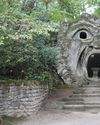
Archaeology
ITALY'S GARDEN OF MONSTERS
Why did a Renaissance duke fill his wooded park with gargantuan stone
10 mins
July/August 2025
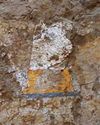
Archaeology
In Search of Lost Pharaohs
Anubis Mountain conceals the tombs of an obscure Egyptian dynasty
3 mins
July/August 2025
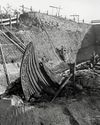
Archaeology
Setting Sail for Valhalla
Vikings staged elaborate spectacles to usher their rulers into the afterlife
15 mins
July/August 2025

Archaeology
BOUND FOR HEAVEN
During excavations of a Byzantine monastery in 2017 just north of Jerusalem's Old City, a team led by Israel Antiquities Authority archaeologists Zubair 'Adawi and Kfir Arbiv discovered an unusual burial in a crypt beneath the altar of the complex's church.
1 mins
July/August 2025
Listen
Translate
Change font size
